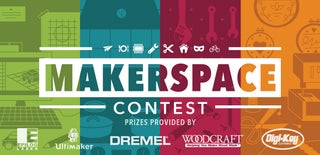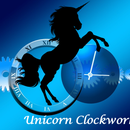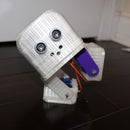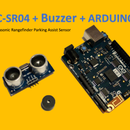Introduction: LCD Screen + Arduino
Hello World!
This is my first Instructables and I thought I'd like to share my vast knowledge of the Arduino to all you makers of all skills and strengths!
Here, we will learn how to connect, control, and code the Liquid Crystal Display with any Arduino or microcontroler board (like NodeMCU, ESP8266, Beaglebone, etc). I'm demonstrate it on my Arduino, but I will also add notes on the steps in italics to show which parts are transferrable to any micro controller device you have at your disposal
Step 1: Materials
* Arduino or any other microcontroller board
* Wires
* Potentiometer
* Breadboard
Step 2: Connections
The connections are labeled in the picture and the wires corresponding to the images are noted below
1a
- Connect the Brown wire (pin 16) to the GND pin on the Arduino
- Connect the Red wire (pin 15) to the 3.3V VCC pin on the Arduino
- Connect the Orange, Yellow, Green, Blue (pins 14-11) to pins 2 to 5 on the Arduino
2
- Connect the White wire (pin 1 on the LCD) to the common ground (pin 16)
- Connect the Grey wire (pin 2 on the LCD) to the common VCC source (pin 15)
- Connect the Purple wire to the signal pin of the potentiometer (pin 2 on the potentiometer)
3
- Connect the Purple wire (pin 1 on the potentiometer) to the common ground (pin 16)
- Connect the Grey wire (pin 3 on the potentiometer) to the common VCC source (pin 15)
4
- Connect the Yellow wire (pin 4 on the LCD) to pin 12 on the Arduino
- Connect the Black wire (pin 5 on the LCD) to the common ground (pin 1 on the potentiometer or pin 16 on the LCD, either works)
- Connect the Green wire (pin 6 on the LCD) to pin 11 on the Arduino
Step 3: Programming
// built in arduino library
#include <liquidcrystal.h></liquidcrystal.h>
LiquidCrystal lcd(12,11,5,4,3,2);
void setup()
{
lcd.begin(16, 2);
// clear old screen data
lcd.clear();
// text to be dispalyed on the screen
lcd.print("Unicorn");
}void loop()
{
// (column 0) of the second line (line 1):
lcd.setCursor(0,1);
lcd.print ("Clockworks");
// (column 0) of the second line (line 12):
lcd.setCursor (12, 1);
lcd.print("...");
}Step 4: You're Done
Try making it yourself. Let me know how you like the guide and thanks for reading!
Unicorn Clockworks Out!

Participated in the
First Time Author Contest

Participated in the
Makerspace Contest 2017













